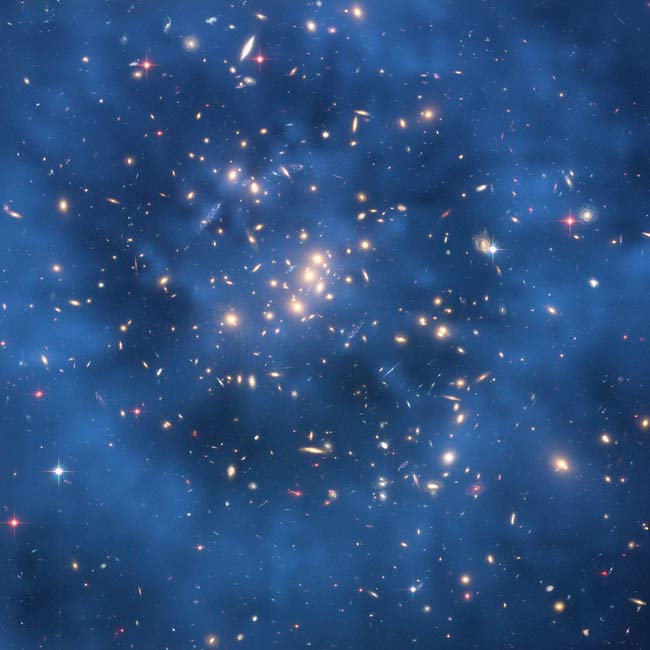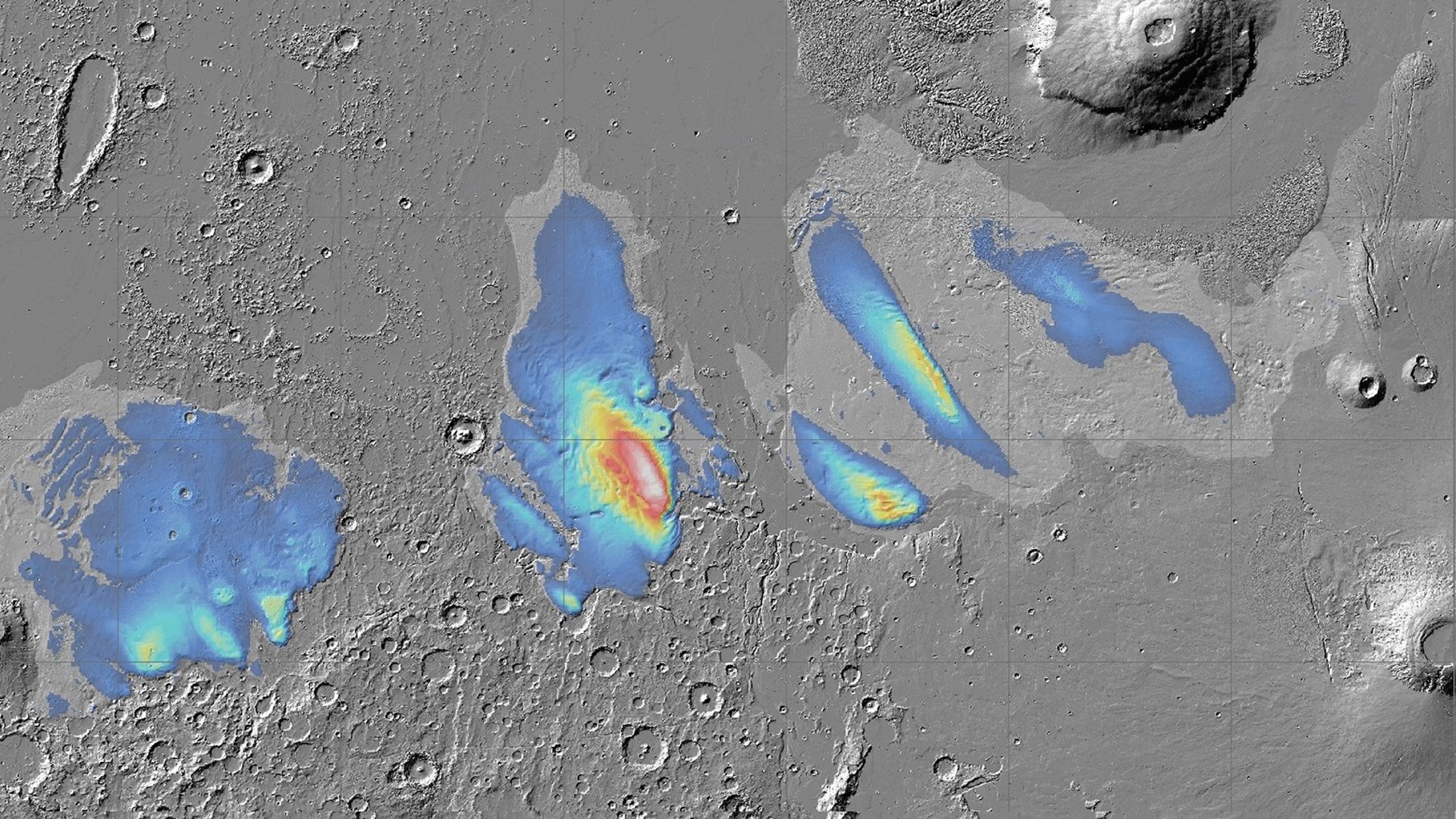7 Surprising Things About the Universe

Introduction

From its expansion and acceleration to dark matter and energy, the universe continues to amaze and perplex astronomers.
Here are some of the most surprising and interesting things about the universe we live in.
The Universe Is Old (Really Old)

The universe began with the Big Bang, and is estimated to be approximately 13.7 billion years old (plus or minus 130 million years).
Astronomers calculated this figure by measuring the composition of matter and energy density in the universe, which enabled them to determine how fast the universe expanded in the past. As a result, researchers could turn back the hands of time and pinpoint when the Big Bang occurred. The time in between that explosion and now makes up the age of the universe. [Full Story]
The Universe Is Getting Bigger

In the 1920s, astronomer Edwin Hubble made the revolutionary discovery that the universe is not static, but rather is expanding. But, it was long thought that the gravity of matter in the universe would slow this expansion or even cause it to contract.
In 1998, the Hubble Space Telescope studied very distant supernovas and found that, a long time ago, the universe was expanding more slowly than it is today. This puzzling discovery suggested that an inexplicable force, called dark energy, is driving the accelerating expansion of the universe. [Full Story]
While dark energy is thought to be the strange force that is pulling the cosmos apart at ever-increasing speeds, it remains one of the greatest mysteries in science because its detection remains elusive to scientists.
Breaking space news, the latest updates on rocket launches, skywatching events and more!
The Universe's Growth Spurt Is Accelerating

Mysterious dark energy is not only thought to be driving the expansion of the universe, it appears to be pulling the cosmos apart at ever-increasing speeds. In 1998, two teams of astronomers announced that not only is the universe expanding, but it is accelerating as well. According to the researchers, the farther a galaxy is from Earth, the faster it is moving away.
The universe's acceleration also confirms Albert Einstein's theory of general relativity, and lately, scientists have revived Einstein's cosmological constant to explain the strange dark energy that seems to be counteracting gravity and causing the universe to expand at an accelerating pace. [Full Story]
Three scientists won the 2011 Nobel Prize in Physics for their 1998 discovery that the expansion of the universe was accelerating. [Full Story]
The Universe Could Be Flat

The shape of the universe is influenced by the struggle between the pull of gravity (based on the density of the matter in the universe) and the rate of expansion. If the density of the universe exceeds a certain critical value, then the universe is "closed," like the surface of a sphere. This implies that the universe is not infinite but has no end. In this case, the universe will eventually stop expanding and start collapsing in on itself, in an event known as the "Big Crunch."
If the density of the universe is less than the critical density value, then the shape of the universe is "open," like the surface of a saddle. In this case, the universe has no bounds and will continue to expand forever. [Full Story]
Yet, if the density of the universe is exactly equal to the critical density, then the geometry of the universe is "flat," like a sheet of paper. Here, the universe has no bounds and will expand forever, but the rate of expansion will gradually approach zero after an infinite amount of time. Recent measurements suggest that the universe is flat with roughly a 2 percent margin of error.
The Universe Is Filled With Invisible Stuff

The universe is overwhelmingly made up of things that cannot be seen. In fact, the stars, planets and galaxies that can be detected make up only 4 percent of the universe, according to astronomers. The other 96 percent is made up of substances that cannot be seen or easily comprehended.
These elusive substances, called dark energy and dark matter, have not been detected, but astronomers base their existence on the gravitational influence that both exert on normal matter, the parts of the universe that can be seen. [Full Story]
The Universe Has Echoes of Its Birth

The cosmic microwave background is made up of light echoes left over from the Big Bang that created the universe 13.7 billion years ago. This relic of the Big Bang explosion hangs around the universe as a pocked veil of radiation.
The European Space Agency's Planck mission mapped the entire sky in microwave light to reveal new clues about how the universe began. Planck's observations are the most precise views of the cosmic microwave background ever obtained. Scientists are hoping to use data from the mission to settle some of the most debated questions in cosmology, such as what happened immediately after the universe was formed. [Full Story]
There May Be More Universes

The idea that we live in a multiverse, in which our universe is one of many, comes from a theory called eternal inflation, which suggests that shortly after the Big Bang, space-time expanded at different rates in different places. According to the theory, this gave rise to bubble universes that could function with their own separate laws of physics.
The concept is controversial and had been purely hypothetical until recent studies searched for physical markers of the multiverse theory in the cosmic microwave background, which is a relic of the Big Bang that pervades our universe. [Full Story]
Researchers searched the best available observations of the cosmic microwave background for signs of bubble universe collisions, but didn't find anything conclusive. If two universes had collided, the researchers say, it would have left a circular pattern behind in the cosmic microwave background.
Join our Space Forums to keep talking space on the latest missions, night sky and more! And if you have a news tip, correction or comment, let us know at: community@space.com.

Denise Chow is a former Space.com staff writer who then worked as assistant managing editor at Live Science before moving to NBC News as a science reporter, where she focuses on general science and climate change. She spent two years with Space.com, writing about rocket launches and covering NASA's final three space shuttle missions, before joining the Live Science team in 2013. A Canadian transplant, Denise has a bachelor's degree from the University of Toronto, and a master's degree in journalism from New York University. At NBC News, Denise covers general science and climate change.
